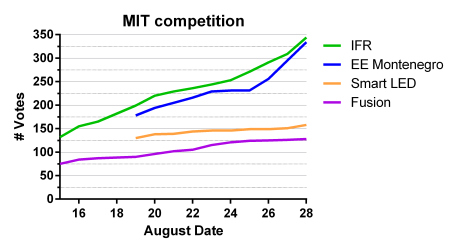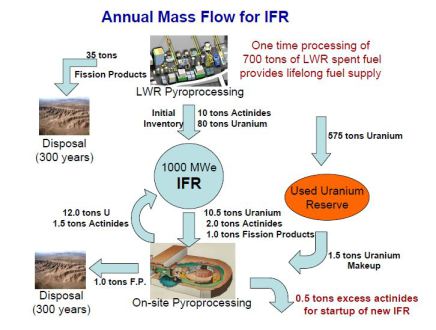Below is an update on the MIT competition that I highlighted in the last BNC post, including a plea for final action. There are only 3 days left to register your support, and in my opinion, this really counts. The winner will get in front of potential implementers at the Crowds & Climate Conference in November at MIT Boston, and will be heavily publicized through mainstream media.
Read Ron Gester’s summary of the current situation (below), and if you’re convinced, then help by doing some final networking. Voting ends this Saturday, August 31, at midnight EDT!
———-
 Guest Post by Ron Gester M.D. The Treasurer and a co-founder of SCGI, Ron is a retired emergency physician and geologist, who is a passionate about solving the climate change problem.
Guest Post by Ron Gester M.D. The Treasurer and a co-founder of SCGI, Ron is a retired emergency physician and geologist, who is a passionate about solving the climate change problem.
For several weeks I (Ron Gester) have been encouraging everyone I can find to vote for Tom Blees’ Integral Fast Reactor (IFR) proposal at the MIT Climate CoLab competition. It has been a thought provoking exercise on many levels. As revealed in the below graph, our closest competitor is titled “EE based formalization.” It is a proposal to improve the energy efficiency of illegal substandard buildings in Montenegro and it is being promoted by United Nations Development Programme (UNDP).

We probably all agree that improving energy efficiency is a good idea. Indeed, their program might even prove to be a role model in some other parts of the world. However, as a plan for combating the global challenge of climate change, it is difficult to imagine that it would have any significant impact. So this provokes the question: “Why is it doing so well in this competition?“
Filed under: Hot News, Nuclear, Policy | 4 Comments »






.png)

 In a proposal for MIT’s Climate CoLab, Tom Blees, president of
In a proposal for MIT’s Climate CoLab, Tom Blees, president of 





